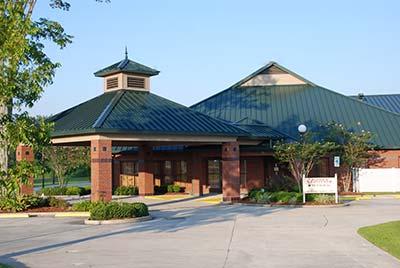Radiofrequency Ablation
(Neurotomy, Denervation, or Rhizotomy)
What is radiofrequency?
Radiofrequency ablation uses an electrical current to heat up a small area of nerve tissue, thereby decreasing pain signals from that specific area. The term "ablate" means to cauterize the nerve area which is causing the pain, eliminating the pain signals to the brain. For people with chronic pain, this minimally invasive procedure can provide relief that will last for months to years.
Am I a good candidate for this procedure?
Radiofrequency ablation frequently provides longer term pain relief than that provided by simple injections or nerve blocks. Many patients who are candidates for this procedure have already undergone simple injection techniques like an Epidural Steroid Injection, Facet Joint Injection, Sympathetic Nerve Blocks or other nerve blocks. By targeting and selectively neutralizing nerves that carry pain impulses, the painful area can be effectively "denervated" and the pain reduced or eliminated for a few months to years.
How is Radiofrequency Ablation done?
The doctor will expertly determine the area generating the pain and numb your skin with an anesthetic. With fluoroscopic guidance, a small insulated needle or RF cannula is positioned next to these nerves. When the cannula is guided to the correct position, the doctor may perform a test and release a small amount of electric current through the needle tip at two different frequencies. This test helps to confirm that the cannula tip is in close proximity to the target nerve and that it is not near any other nerves. After a successful test confirms good cannula tip position, a local anesthetic is injected to numb the area. The RF generator is then used to heat the cannula tip for up to 90 seconds, and thus the pain generating nerve is cauterized. Usually, the procedure takes 15-20 minutes and you can go home the same day. Sedation or IV anesthesia can be used to minimize any procedure pain.
How long does the procedure last?
Most patients have pain relief that can last from six months to years, but does vary from person to person. It is possible for treated nerves to grow back or regenerate, which could lead to return of pain. However, Radiofrequency Ablation is repeatable for nerve regeneration if it relieved your pain the first time around. If the treatment works for you, you can have this procedure performed every six months.
The Headache & Pain Center team offers a number of minimally invasive, cutting-edge procedures. To speak with a pain relief specialist about your treatment options, call or book your appointment online today.



